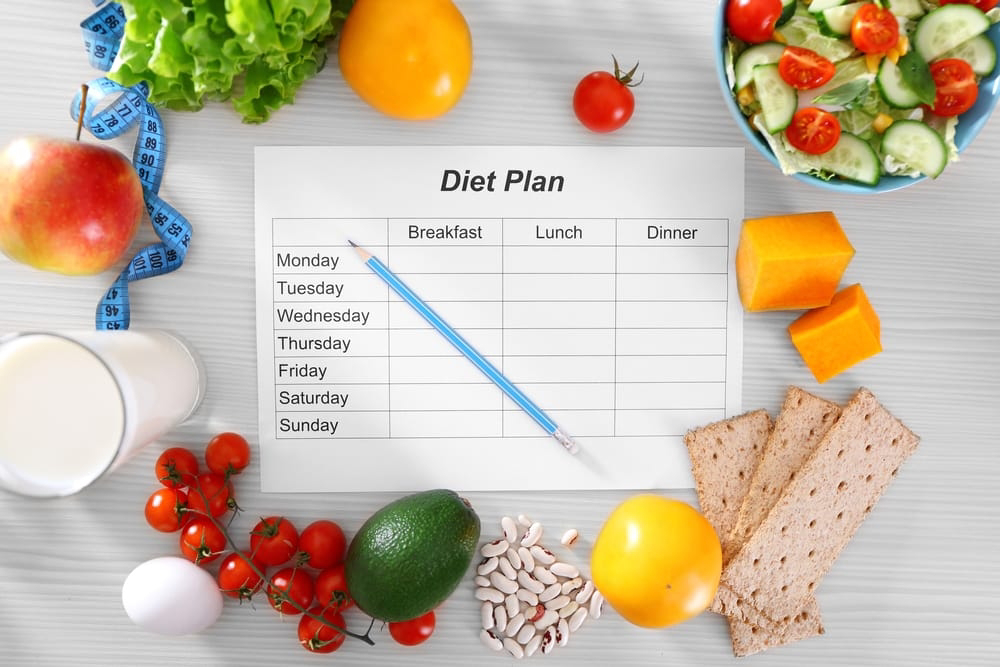Right Way to Create Healthy Diet Plan with Avoiding Myths
HOW TO CREATE A HEALTHY DIET PLAN?
Definition- A healthy
diet is one that helps maintain or improve overall health.
A healthy diet provides the body with essential nutrition:
fluid, macronutrients, micronutrients, and adequate calories. A healthy
diet may contain fruits, vegetables, and whole grains, and includes little
to no processed food and sweetened beverages.
Ø Tips: Build a Healthy Meal-
Each meal is a building
block in your healthy eating style. Make sure to include all the food groups throughout the day. Make
fruits, vegetables, grains, dairy, and protein foods part of your daily meals
and snacks. Also, limit added sugars, saturated fat, and sodium.
1.Make half your plate veggies and fruits
Vegetables and fruits are full of nutrients that support good health. Choose
fruits and red, orange, and dark-green vegetables such as tomatoes, sweet
potatoes, and broccoli.
2. Include whole grains
Aim to make at least half your grains whole grains. Look for the words “100%
whole grain” or “100% whole wheat” on the food label. Whole grains provide more
nutrients, like fiber, than refined grains.
3. Don’t forget the dairy
Complete your meal with a cup of fat-free or low-fat milk. You will get the
same amount of calcium and other essential nutrients as whole milk but fewer
calories. Don’t drink milk? Try a soy beverage (soymilk) as your drink or
include low-fat yogurt in your meal or snack.
4. Add lean protein
Choose protein foods such as lean beef, pork, chicken, or turkey, and eggs,
nuts, beans, or tofu. Twice a week, make seafood the protein on your plate.
5. Avoid extra fat
Using heavy gravies or sauces will add fat and calories to otherwise healthy
choices. Try steamed broccoli with a sprinkling of low-fat parmesan cheese or a
squeeze of lemon.
6. Get creative in the kitchen
Whether you are making a sandwich, a stir-fry, or a casserole, find ways to
make them healthier. Try using less meat and cheese, which can be higher in
saturated fat and sodium, and adding in more veggies that add new flavors and
textures to your meals.
7. Take control of your food
Eat at home more often so you know exactly what you are eating. If you eat out,
check and compare the nutrition information. Choose options that are lower in
calories, saturated fat, and sodium.
8. Try new foods
Keep it interesting by picking out new foods you’ve never tried before, like
mango, lentils, quinoa, kale, or sardines. You may find a new favourite! Trade
fun and tasty recipes with friends or find them online.
9. Satisfy your sweet tooth in a healthy way
Indulge in a naturally sweet dessert dish—fruit! Serve a fresh fruit salad or a
fruit parfait made with yogurt. For a hot dessert, bake apples and top with
cinnamon.










